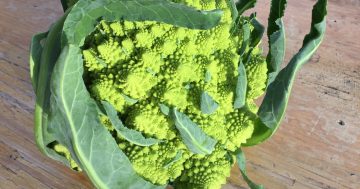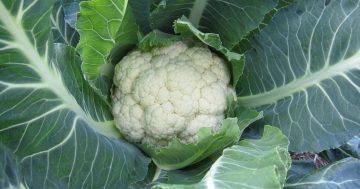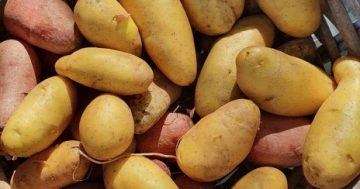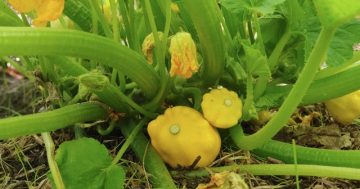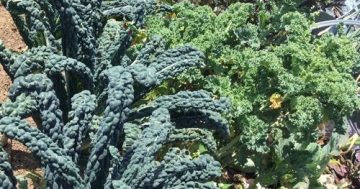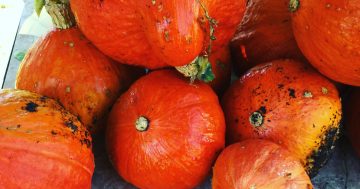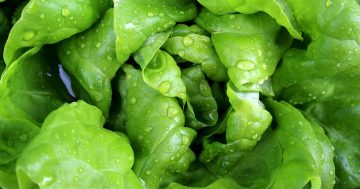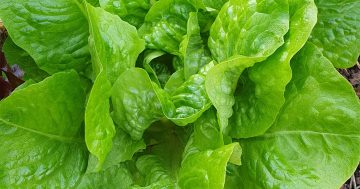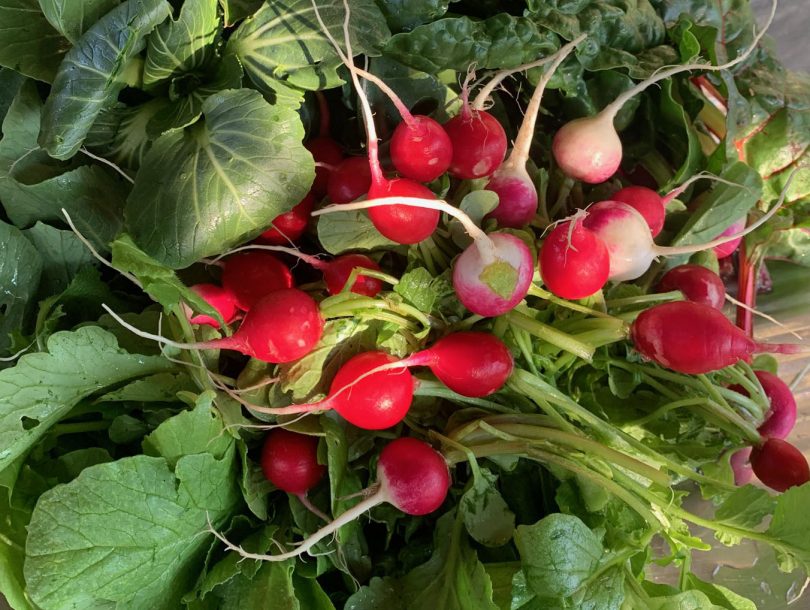
Radishes are a fast and satisfying crop. Photos: Joyce Wilkie.
Cooler temperatures, higher humidity and shorter days mark the seasonal change into autumn.
It’s such a wonderful time of year – no more worrying about the heat, the wind and watering, and vegetable gardens are so full of wonderful produce it can be hard to choose just what to have for dinner.
The workload is slowing down and there is very little left to plant because all the important winter vegetables (cabbages, broccoli, carrots, parsnips, kale) should already be getting close to maturity.
There is, however, an important small window of opportunity for planting leafy greens.
At Canberra’s latitude (35.3ºS) we go under 10 hours of daylight on 28 May and come back to over 10 hours of daylight on 16 July, the time in mythology when Persephone returns to her husband Hades in the underworld and her mother Demeter (goddess of the harvest) mourns, causing many plants and crops to stop growing.
The first big frost of winter kills many of the summer vegetables but most certainly not everything. The hardy vegetables continue to thrive and then, overnight, their growth slows down.
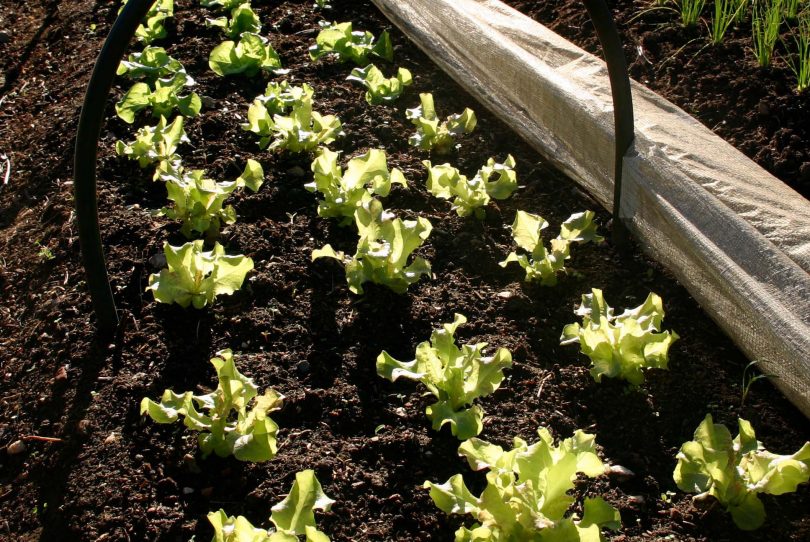
Young lettuces will benefit from being planted now. Photo: Joyce Wilkie.
Gardeners, even in areas which don’t freeze, recognise this dramatic halt to growth and usually attribute it to temperature. Temperature, nutrients and water are all essential to plant health and growth rates but the powerhouse behind the growth is sunlight and most vegetables need 10 hours of sunlight every day.
No matter whether you are living in Cooma or Moruya, there will be precious little plant growth and very little lawn mowing during the Persephone months.
This period of extremely slow growth is a real bonus for vegetable growers. Providing your plants are almost ready to pick before your garden goes under 10 hours of daylight then they will simply wait for you to harvest them a bit at a time.
Meanwhile, the other stress of summer, the weeds, will be reluctant to germinate and certainly won’t grow quickly. If you have some space now is the time to plant as many lettuces, endives, salad mixes, rocket and English spinach as you have room for (preferably in a warm corner or somewhere they can be protected from the heavier frosts which can burn the edges of the leaves).
Get plenty of coriander in the ground, too. I am still shocked every winter to find that this favourite from the tropics survives winter at Gundaroo. In fact, it is the best time to grow it because it doesn’t bolt to seed.
The other fast-growing winter treats that you can still plant are the spicy winter radishes and delicious small, white oriental turnips.
Nobody’s diet needs to be boring in the middle of winter, particularly if you make sure there are plenty of jars of pickles and passata starting to fill your pantry now while there is bountiful produce needing to be picked.
What I’m Eating:
- Apples
- Basil
- Beetroot
- Beans
- Capsicums
- Carrots
- Corn
- Eggplant
- Garlic
- Grapes
- Onions
- Pears
- Radishes
- Rhubarb
- Salad greens
- Spring onions
- Late Stone Fruit
- Tomatoes
- Zucchinis.
What I’m Planting:
- Coriander
- Endive
- Lettuces–Butterheads, Cos, Salad Bowl
- English Spinach
- Florence Fennel
- Mesclun Salad Mix
- Oriental Turnips
- Rocket
- Winter Radishes.












